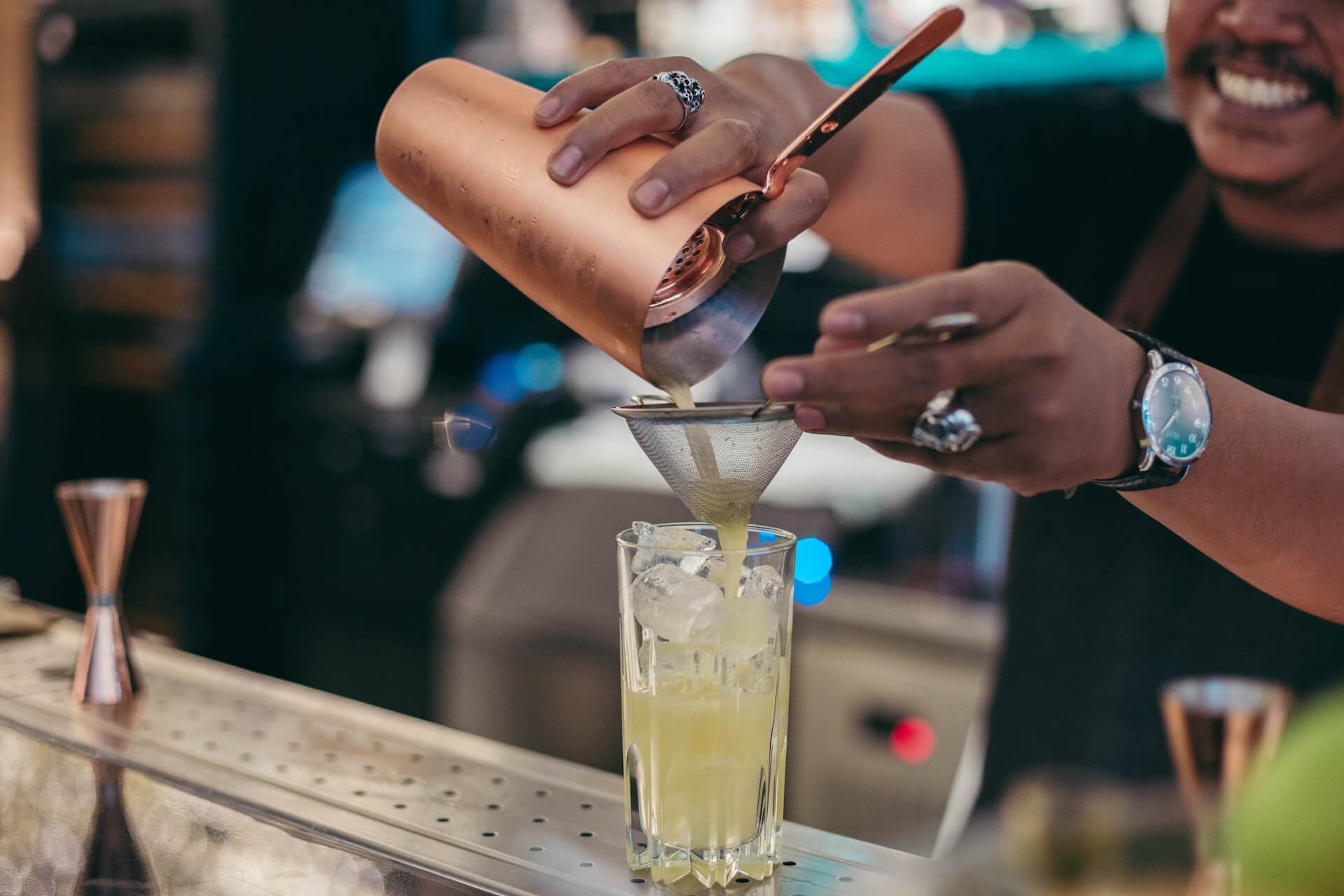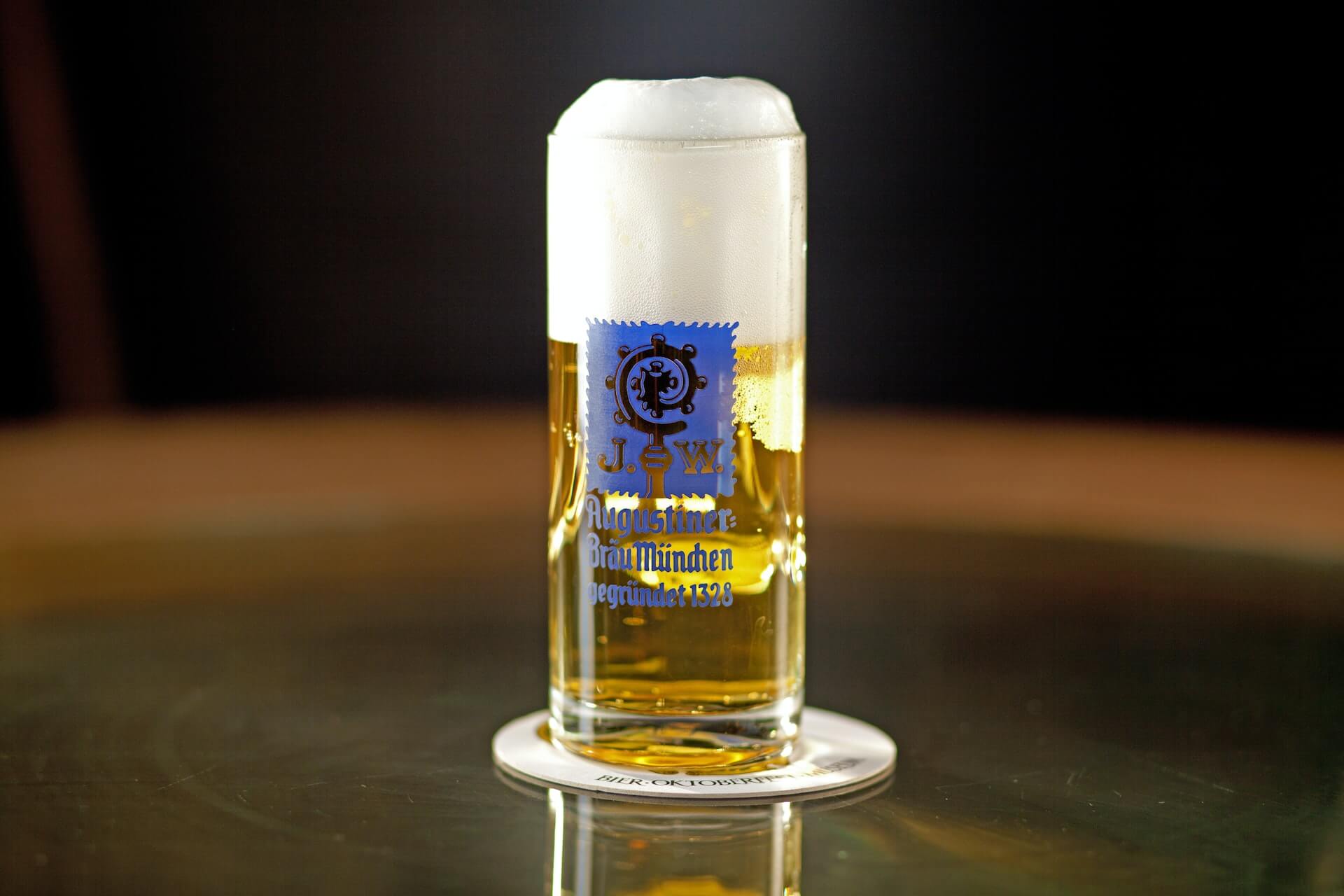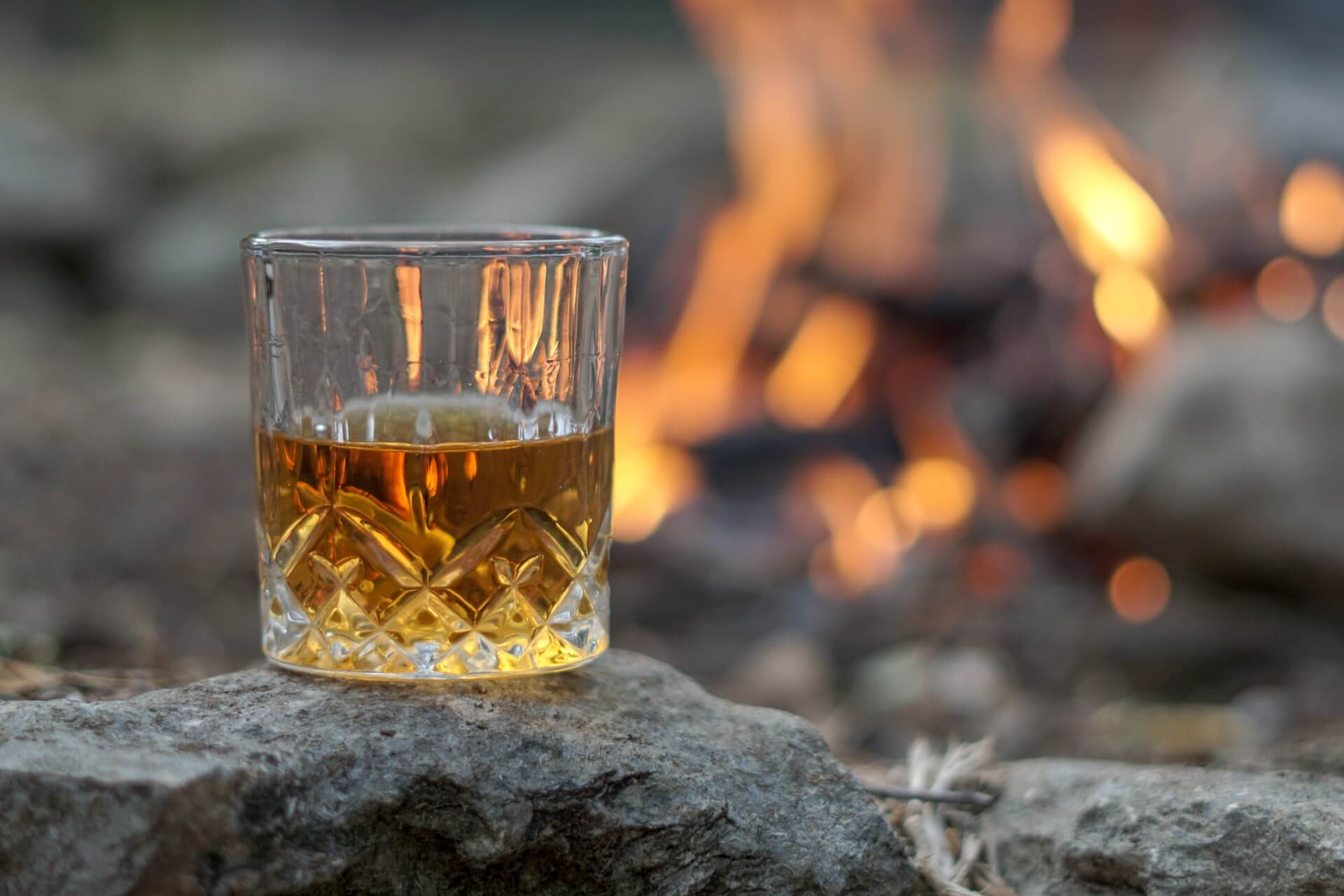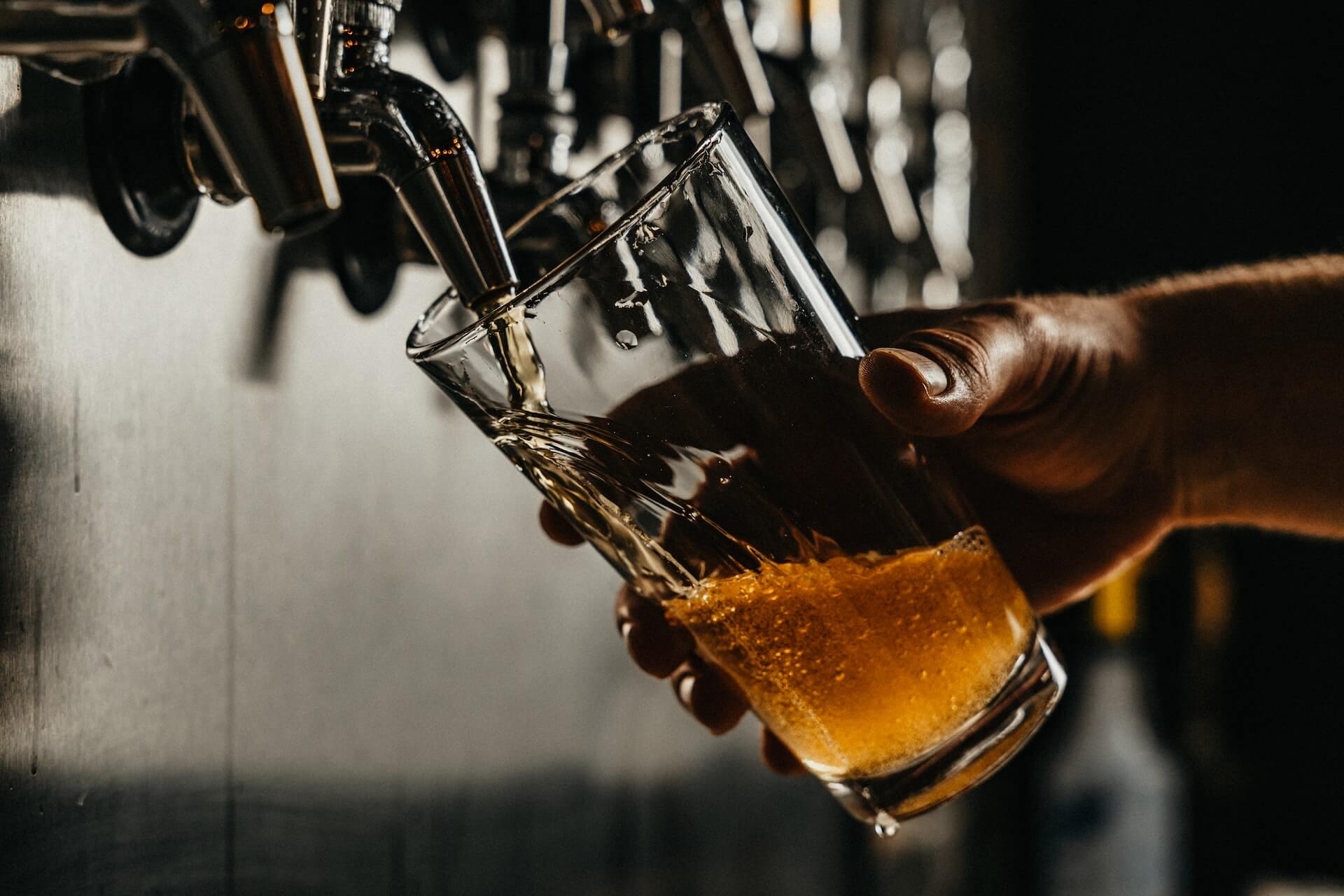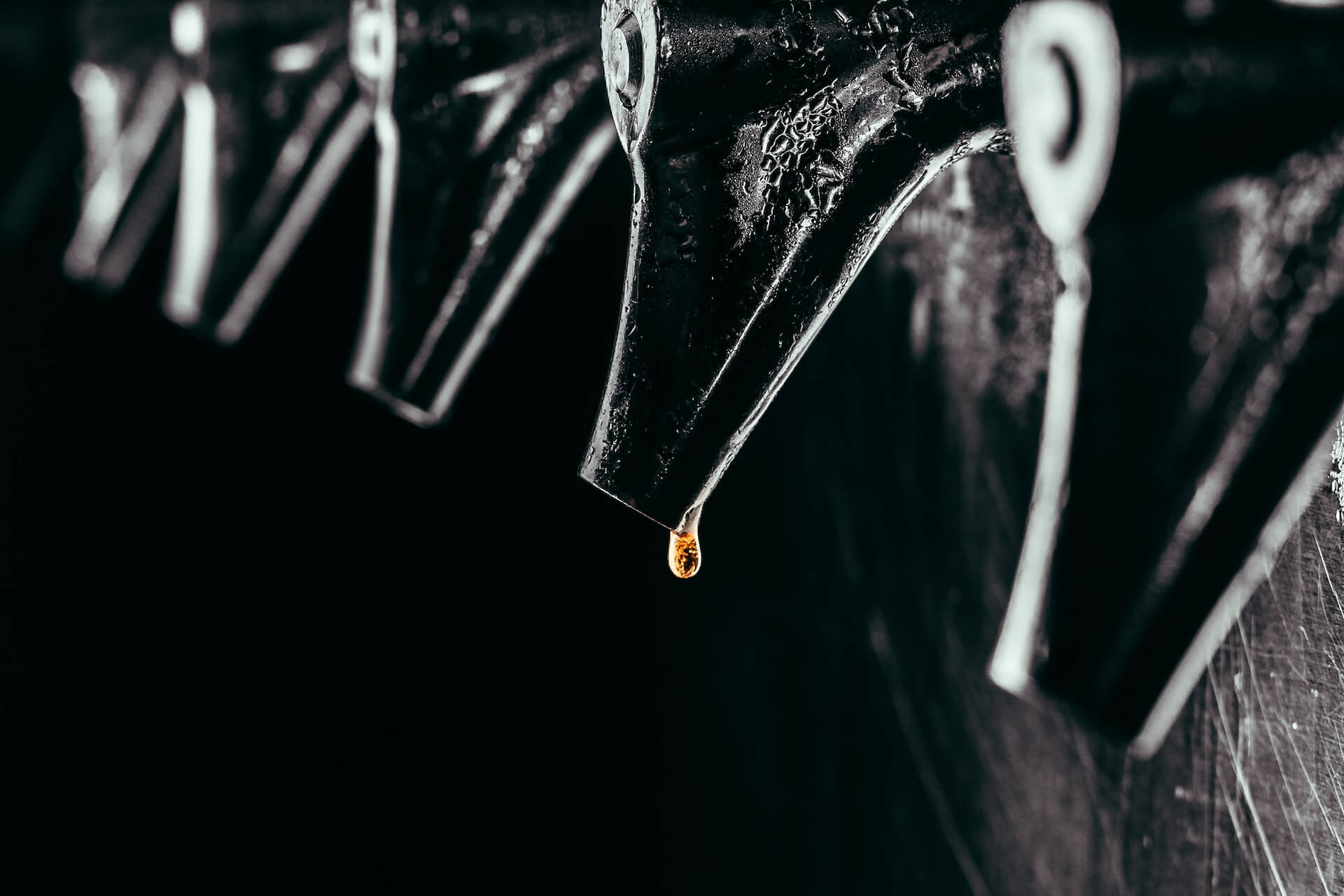7 Days Until Elijah Craig Old Fashioned Week!
by David Klemt

In just seven days operators, their front-of-house teams and guests will have the opportunity to participate in Elijah Craig Old Fashioned Week.
Those who choose to join in on the fun will help generate funds for crucial cause. Further, participation means joining forces with some revered heavy hitters in the industry.
For example, Broken Shaker’s Chicago and Miami locations are taking part, as is Cure in New Orleans. Birdie G’s in Los Angeles, the Denver outpost of Death & Co., and Houston’s Julep are also participating. And then there’s LA Jackson from Nashville, the legendary Leyenda in Brooklyn, DC’s Silver Lyan, and Philly’s R&D all joining the cause.
A Great Cause
As stated, this is more than a cocktail promotion. Elijah Craig Old Fashioned Week supports an important cause and fantastic organization.
The cause is providing F&B professionals who are struggling with financial assistance, and the aide comes from the Southern Smoke Foundation.
Since 2015, Southern Smoke has been dedicated to raising funds to help individuals in the F&B space. The non-profit organization strives to help our industry peers in need persevere through crises.
From raising funds for the MS Society, establishing the Emergency Relief Fund, and providing free mental healthcare, Southern Smoke consistently proves themselves a trustworthy industry partner. By 2021, Southern Smoke had donated more than $5 million in financial aid to industry workers affected by Covid-19.
Take Part
Elijah Craig, the storied small-batch bourbon and rye producer in the Heaven Hill Distillery portfolio, makes participating simple and fun.
Unsurprisingly, we at KRG Hospitality love an activation and promotion that’s easy to execute and fun for everyone in the building. This year, Elijah Craig Old Fashioned Week takes place from October 14 through October 23.
To help raise money for Southern Smoke’s crisis management mission, encourage your bar team and guests to post pictures of their Old Fashioneds to social media. All one has to do is include tag @ElijahCraig and the hashtag #OldFashioned Week. Elijah Craig will take it from there, donating $5 for every post up to $100,000.
I’m confident that over the course of ten days we can all come together and flood social media with 20,000 images of delicious, well-crafted Old Fashioneds.
To learn more about last year’s Old Fashioned week, listen to Bar Hacks episode 52. Our very special guest on this episode is Lynn House, the 2022 Best US Brand Ambassador Spirited Award winner.
Get Creative
Now, I’d normally include the particular drink recipe here but I think—I believe—we all know how to make an Old Fashioned by now. So, I’m going to encourage all participating operators and their bar teams to create a small, signature Old Fashioned LTO menu or Elijah Craig Old Fashioned Week.
Also, to get those creative juices flowing, here’s the recipe for the Elijah Craig Rosemary Old Fashioned:
- Craft rosemary cinnamon syrup by combining 1 cup of water with 2 cinnamon sticks, 2 rosemary sprigs, and 1 medium navel orange in a saucepan over medium heat. Bring to a simmer, add one cup of Demerara sugar and stir until it dissolves. Strain into a clean, sanitized bottle.
- Combine 2.5 oz. of Elijah Craig Small Batch Bourbon, a half-ounce of housemade rosemary cinnamon syrup, and three dashes of orange bitters in a mixing glass with ice.
- Stir and strain into rocks glass over a large ice cube, then garnish with a Maraschino cherry on a rosemary-sprig skewer. If you so choose, light the sprig on fire for a moment to generate some rosemary smoke.
Image: CHUTTERSNAP on Unsplash



